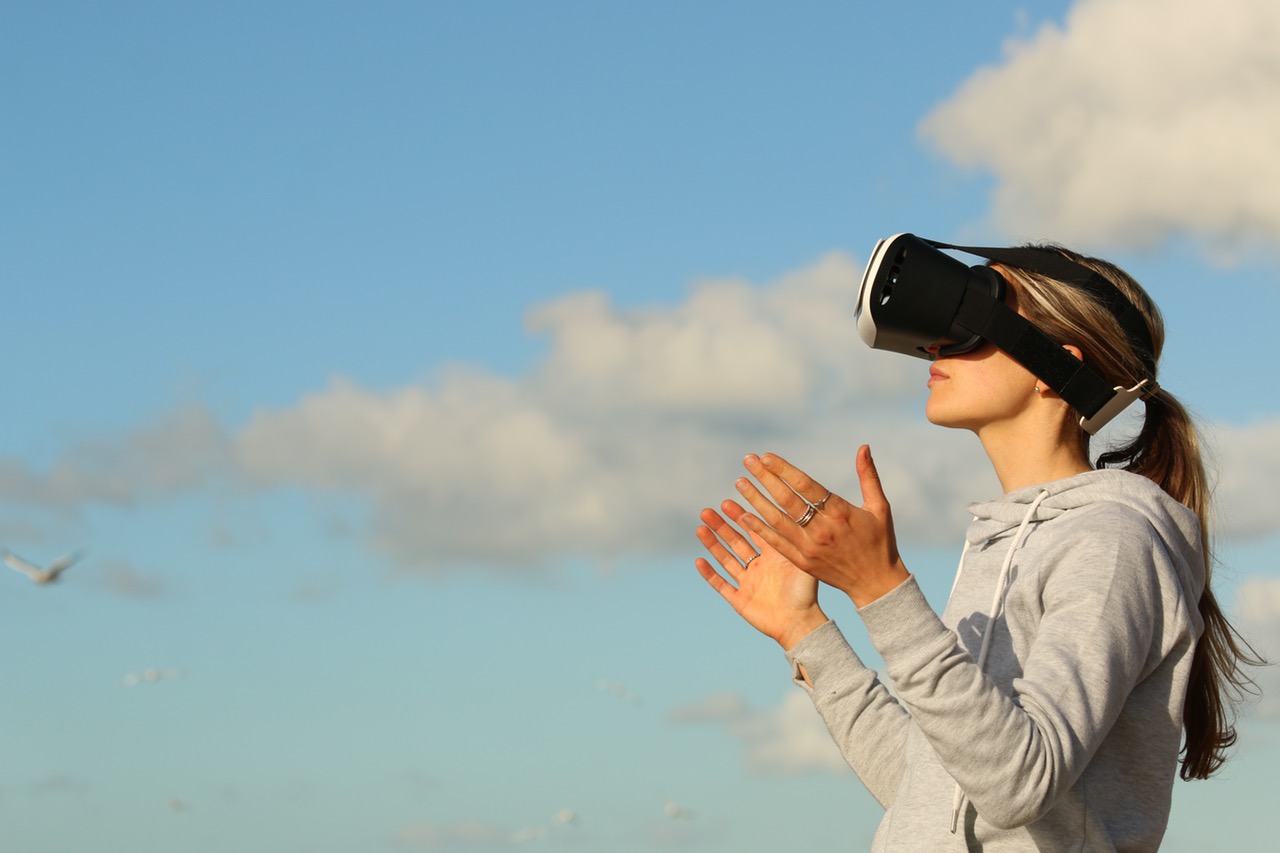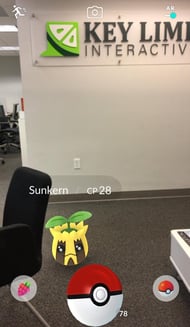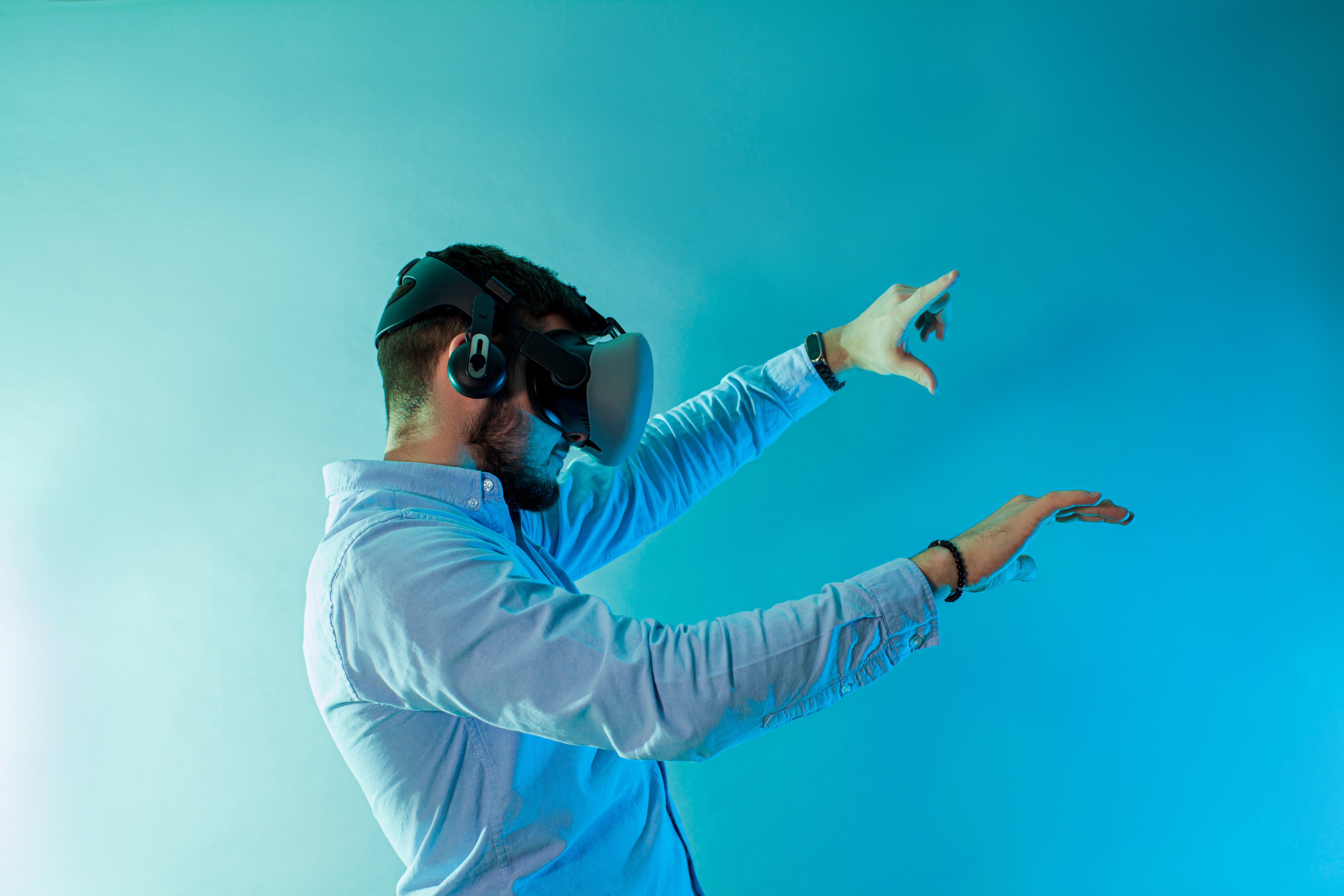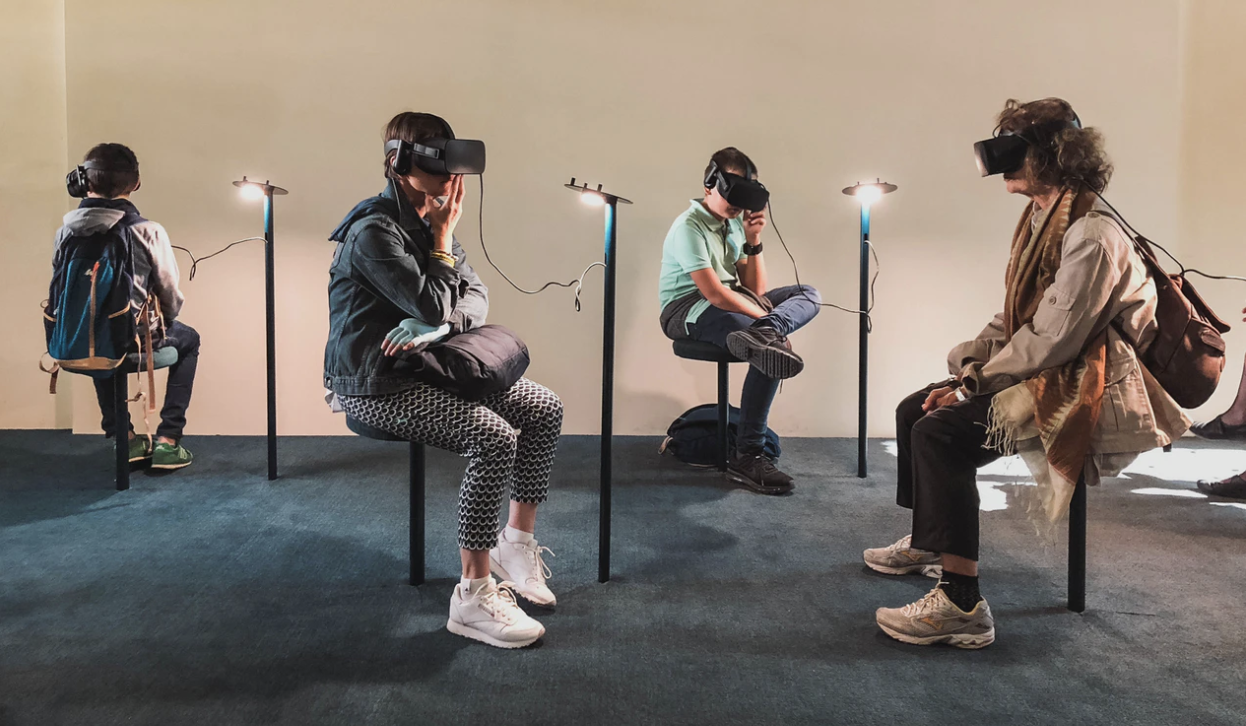
Maybe you saw all the people wandering around glued to their smartphones when Niantic’s Pokémon Go launched in July of last
Emerging Technology Definitions
First, let’s start with some emerging technology definitions, as jargon like virtual reality, augmented reality and even mixed or hybrid reality are easy to get confused.
Virtual Reality (VR) is an artificial computer-generated immersive environment experienced through the senses, typically sight and sound, by wearing a helmet or goggles (and sometimes using additional controllers). You can interact with the digital environment around, and the best ones give you the elusive feeling of presence, of really being in that environment. The big players in the market and their products are Facebook’s Oculus Rift, Sony’s PlayStation VR headset for PS4, Samsung Gear VR, and Google Daydream View mobile VR headset/controller.

Augmented Reality (AR) overlays information
onto your view of the world, instead of completely replacing it as with VR. It doesn’t require the extensive computer hardware and processing power of virtual reality gear. Niantic’s Pokemon Go is an example of augmented reality where it shows your actual surroundings with new information in it, such as seeing Pokemon near your mailbox.
Mixed Reality or Hybrid Reality (MR) is a new term for a particular type of augmented reality experience. Digital information is overlaid on your view of the real world and actually integrated into the environment, unlike AR where it simply overlays the information. Where an AR device like Google Glass merely projected information in the periphery of the visual field, in MR the information or images were tethered to the first-person viewpoint and moved with the wearer. In MR, the information or virtual objects are anchored to an actual location and change depending on the wearer’s perspective. A clever example is Snapchat’s world lenses that allow you to interact with virtual objects as you move your camera around. Physically walking around a cutesy virtual rainbow, changes your view as you move as if it were really there. Other
Adam Draper of Boost VC coined the term “digital reality” to refer to the collective VR/AR/MR product space. All the big players, Facebook, Google, Apple, Amazon, Microsoft, Samsung, Sony, HTC, have made staggering investments in this emerging new tech sector because the potential extends far beyond video games and amusement rides.
The military has been using virtual reality for simulations for years, and as the technology advances, more companies are angling to take advantage of the simulation and training possibilities, like the company Medical Realities that has developed a surgical training platform. Real estate companies are using virtual reality to enable potential buyers to tour houses miles away. Gaming aside, most of the VR applications to date are primarily enterprise-based.
Based on last year’s digital reality product launches, Tim Merel, CEO of Eyetouch Reality and Digi-Capital, projected that mobile augmented and mixed reality could power 75% of a mushrooming $108 billion digital reality market by 2021.
ROI on Emerging Technology
We witnessed Niantic’s $600 million in revenue in first 3 months after the release of Pokemon Go shows that the implementation of AR, MR, and even VR could be extremely successful. A few examples of current apps on the market:
- Google Translate, where you can use your camera to translate text in real time from an ever-increasing number of languages.
Amikasa , which lets you walk around your home or office and play interior decorator by placing 3D models of brand name furniture and objects to see how they look.- Wikitude World Browser which brings up location-based relevant information (hotels, directions, history) when using your camera on the go.
- Car Finder, which helps you find your car in a crowded parking lot by tagging it with a virtual marker
One of the five critical success factors Merel identifies for a digital reality product is ‘a hero device, which he defined as “an Apple quality device, whether made by Apple or somebody else.” When saying “Apple quality device” it is in reference to their user experience, Apple products are intuitive and easy to use for pretty much all users.
Digital reality products present greater challenges in creating the seamless user experience that will make the difference between mainstream adoption and a forgotten fad. Issues of perception, potential vertigo, user comfort and safety, use environment, and how information is displayed are all key elements that must be considered when designing not only the
User experience researchers at Key Lime Interactive with backgrounds in human factors, psychology, and mobile testing are expanding the body of knowledge around performing digital reality user research to help their clients develop marketable and engaging digital reality products.
READ MORE: Setting up a VR-UX Testing Lab, How We Can Leverage Virtual Reality to Gain Better Insight, Strategies for Usability Testing with VR, Our Researchers Can Joing Your Team, What You Should Know About ZeroUI










Comments
Add Comment